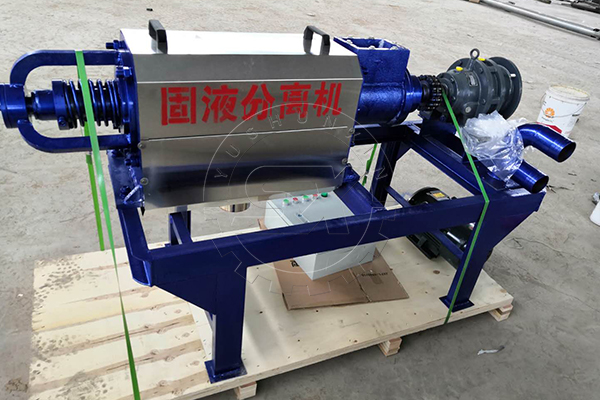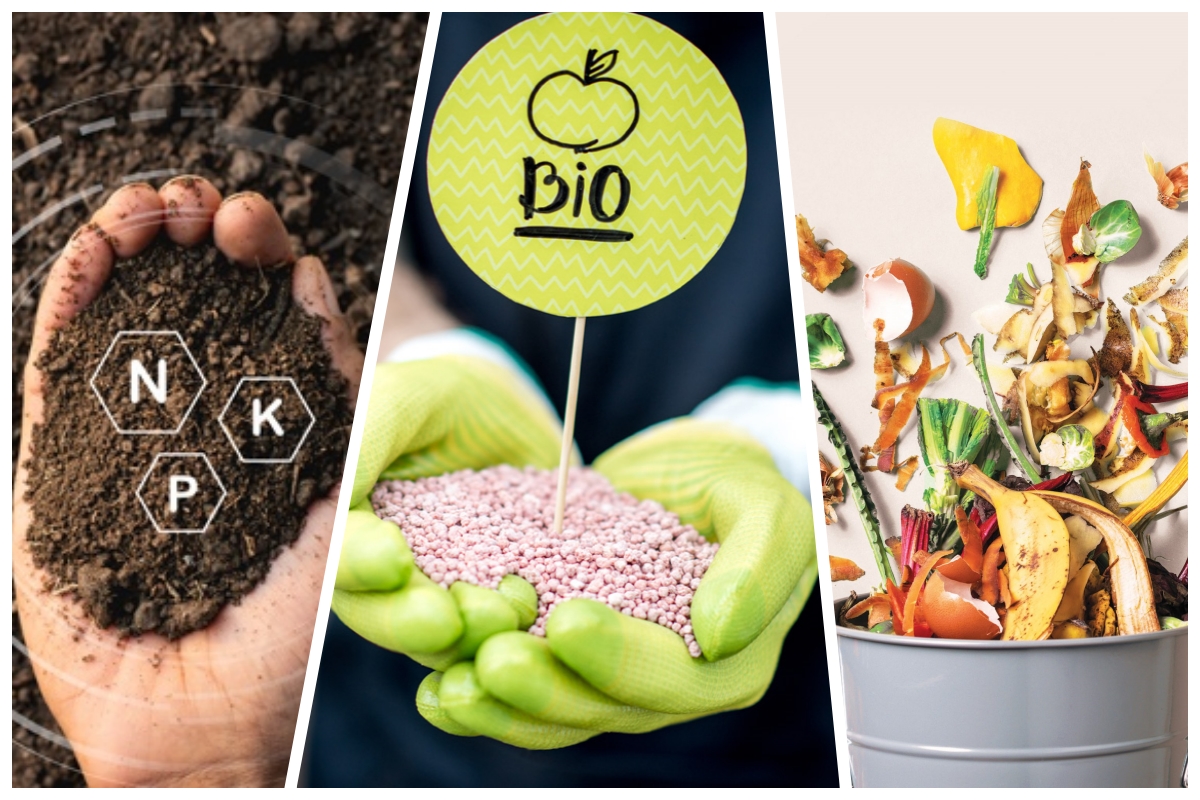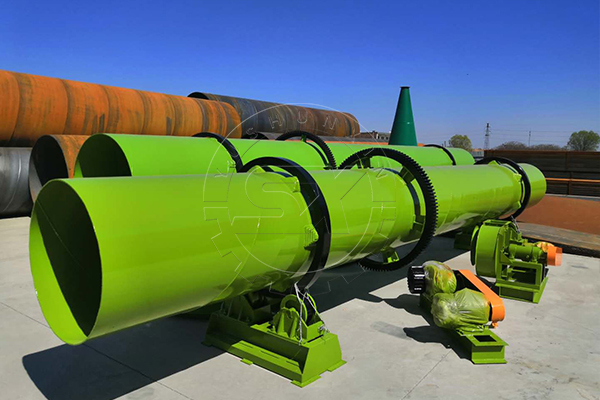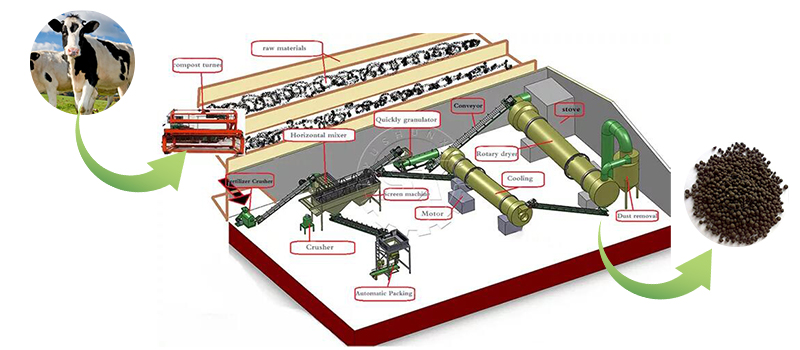Setting up a cow manure biofertilizer manufacturing plant is an exciting and rewarding venture that aligns with sustainable agriculture and environmental preservation. Biofertilizers play a crucial role in enhancing soil fertility and promoting healthy plant growth by improving nutrient availability and encouraging beneficial microbial activity. Compared general cow manure organic fertilizer, it has a wide market and high profits. So, investing in making bio fertilizer from cow manure is a wise choice. If you’re considering establishing a biofertilizer manufacturing plant, here are some key steps and considerations to guide you through the process.
Understanding Biofertilizers
Biofertilizers are natural fertilizers that contain living microorganisms, which when applied to soil, seed, or plant surfaces, colonize the rhizosphere and promote growth by increasing the supply or availability of primary nutrients. Common types of biofertilizers include nitrogen-fixing bacteria, phosphate-solubilizing bacteria, and compost biofertilizers. These products are essential for sustainable agriculture as they reduce the dependency on chemical fertilizers and enhance soil health.

Steps to Set Up a Biofertilizer Manufacturing Plant
1. Market Research and Feasibility Study
Before diving into the setup, conduct thorough market research to understand the demand for biofertilizers in your target region. Assess the competition, potential customers, and regulatory requirements. A feasibility study will help you determine the financial viability and technical requirements of the project.
2. Choose a Suitable Location
Select a location that is accessible to raw materials, has adequate infrastructure, and complies with environmental regulations. Proximity to agricultural areas can be beneficial for distribution and marketing.
3. Obtain Necessary Licenses and Permits
Comply with local and national regulations by obtaining the necessary licenses and permits to manufacture and sell biofertilizers. This may include environmental clearances, registration with agricultural departments, and quality certifications.
4. Set Up Infrastructure
Invest in suitable infrastructure, including production units, storage facilities, and quality control laboratories. Ensure the plant design allows for efficient workflow and adheres to safety and environmental standards.
5. Buy Biofertilizer Equipment
Purchasing the right bio fertilizer equipment is crucial for the success of your manufacturing plant. Essential equipment includes:
– Fermenters: For growing and multiplying beneficial microorganisms.
– Mixers and Blenders: To ensure uniform mixing of biofertilizer components.
-Granulator: cow dung biofertilizer granulator is key to make biofertilizer granules.
– Dryers: For reducing moisture content and extending shelf life.
– Packaging Machines: For efficient and hygienic packaging.
– Quality Control Instruments**: For testing and ensuring the quality of the final product.
Go here to learn more.
Conclusion
Setting up a biofertilizer manufacturing plant involves careful planning, investment in quality equipment, and a commitment to sustainable practices. With the right approach, your biofertilizer plant can become a cornerstone of agricultural innovation and sustainability. If you need more information, you can visit https://fertilizerequipmentmanufacturer.com/how-to-make-bio-fertilizer-from-cow-dung/



















